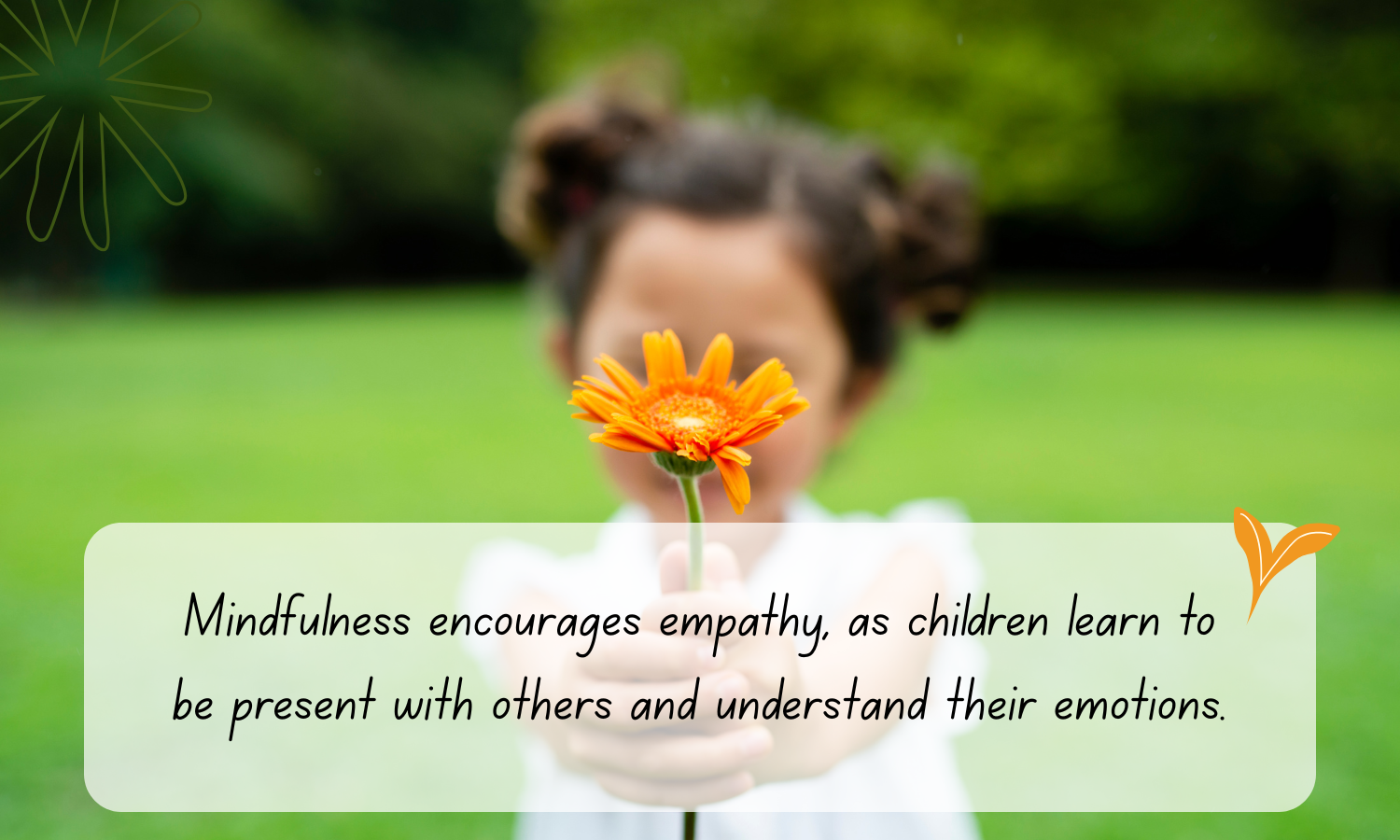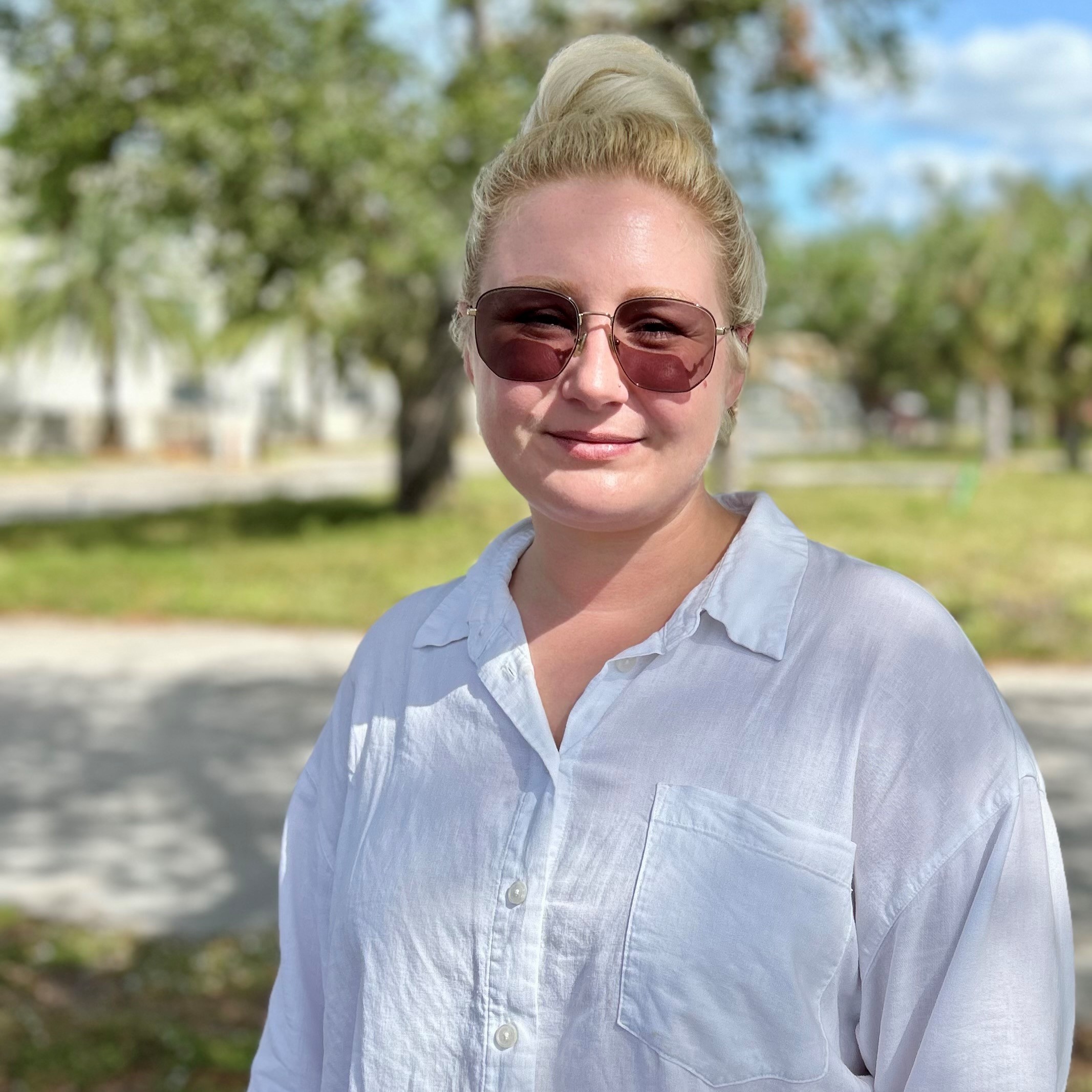Parenting and Prevention
Teaching Kids Gratitude and Mindfulness: A Counseling Perspective for Parents
 By: Marian Nurbekov
By: Marian Nurbekov
As parents, we all want our children to grow into happy, healthy, and emotionally resilient individuals. One of the most powerful ways to support their well-being is by helping them develop habits of gratitude and mindfulness. These practices have been shown to improve emotional regulation, enhance social connections, and even contribute to physical health. But what exactly do these concepts mean for children, and how can parents effectively teach them? Here’s a guide from a counseling perspective to help you nurture these qualities in your children.
Understanding Gratitude and Mindfulness
Gratitude is the practice of recognizing and appreciating the good things in life, both big and small. It helps children shift their focus from what they lack to what they already have, fostering positive thinking and emotional resilience.
Mindfulness, on the other hand, is the practice of being present in the moment, without judgment. It involves paying attention to one’s thoughts, feelings, and physical sensations in a calm and accepting way. Mindfulness helps children manage stress, regulate emotions, and cultivate empathy.
Both gratitude and mindfulness are linked to improved mental health. For children, these practices can enhance self-esteem, decrease anxiety, and improve their ability to handle challenges.
Why Gratitude and Mindfulness Matter for Kids
- Improved Emotional Regulation
Teaching gratitude encourages kids to focus on the positive, even when things aren’t going well. This helps them regulate their emotions by creating a buffer against negativity. Mindfulness, similarly, helps children become more aware of their emotional states, enabling them to respond more thoughtfully in moments of stress. - Stronger Relationships
Kids who practice gratitude tend to show more kindness and appreciation for others, which naturally strengthens friendships and family bonds. Mindfulness encourages empathy, as children learn to be present with others and understand their emotions. - Better Mental and Physical Health
Research suggests that gratitude and mindfulness can reduce symptoms of anxiety and depression while improving overall physical health. For children, adopting these habits early in life sets the stage for a more balanced and healthy future.
How Parents Can Teach Gratitude and Mindfulness
- Model Gratitude
Kids learn by example, so one of the best ways to teach them gratitude is to model it yourself. Make it a habit to express appreciation for the little things in life. For instance, you might say, “I’m so thankful for our family dinner tonight,” or “I really appreciate your help with the dishes.” When children see their parents consistently expressing gratitude, they’re more likely to adopt the same mindset. - Create a Gratitude Ritual
One of the most effective ways to introduce gratitude into daily life is through a simple ritual. Before bedtime, encourage your child to name one thing they are thankful for from their day. This could be a person, an experience, or even something as small as a favorite toy. You might consider starting a family gratitude journal where everyone writes or draws something they’re grateful for each day. This not only reinforces gratitude but also promotes reflection and mindfulness. - Use Mindful Breathing Techniques
Mindfulness exercises don’t have to be complicated. One easy way to introduce mindfulness to your child is through breathing exercises. Try the “5-finger breathing technique”: Have your child hold up one hand and trace each finger with the index finger of their other hand as they breathe in and out. This helps them focus on the present moment and calm their minds. - Mindful Listening
Encourage mindful listening by having your child focus solely on the sound of someone speaking, without interrupting or thinking about what they want to say next. This simple activity can help children become more present in conversations and learn the value of listening with intention. - Be Patient and Consistent
Just like any other habit, gratitude and mindfulness take time to develop. It’s important to be patient with your child and consistently encourage these practices without pressuring them. Celebrate small victories and remind them that it’s okay to have off days. - Practice Gratitude in Challenging Situations
Teaching kids to be grateful isn’t about pretending that everything is perfect—it’s about fostering resilience. When your child faces a challenge, help them find something they can appreciate about the experience. For example, if they’re upset about a difficult test, you might say, “Even though the test was hard, I’m proud of you for trying your best.” This helps them see that even difficult situations can have positive aspects. - Encourage Acts of Kindness
Gratitude and mindfulness are also reflected in actions. Encourage your child to show appreciation by performing acts of kindness. This could be as simple as sharing a toy, giving a compliment, or helping with a household chore. These small acts help children feel connected to others and reinforce the value of being present for those around them.
Overcoming Challenges
It’s important to recognize that teaching gratitude and mindfulness may not always be smooth sailing. Children may resist these practices at first, especially if they’re not used to taking the time to reflect or be present. It’s essential to keep the activities fun and engaging—think of gratitude and mindfulness as tools to help kids navigate the world with a sense of peace and appreciation, rather than tasks to check off a list.
If your child struggles with focusing or seems too young for some practices, start small and gradually build up. Acknowledge their feelings and let them know it’s okay to struggle with these new habits. The goal is to plant the seeds of these powerful practices and watch them grow over time.
Conclusion
Teaching gratitude and mindfulness is one of the best gifts you can give your child. By fostering these habits, you’re helping them build a solid emotional foundation that will serve them well throughout their lives. These practices cultivate resilience, empathy, and a deeper sense of connection to the world around them.
Remember, the key is consistency and patience. By modeling gratitude, creating mindful rituals, and encouraging small acts of kindness, you can help your child develop a lifelong appreciation for the present moment and a heart full of gratitude.

Marian is a Registered Mental Health Counselor Intern with a Master of Science in Clinical Mental Health Counseling from Stetson University. She is deeply passionate about supporting individuals on their mental health journeys. She has extensive experience working with children, adolescents, and their families in both inpatient and outpatient care settings, where she’s honed her skills in providing compassionate support and effective intervention strategies. She has diverse experiences, including teaching English in South Korea, which enriched her understanding of different cultures and the importance of connection, and facilitating equine therapy which introduced her to non-traditional forms of therapy. Outside of her professional work, she enjoys baking, reading, travel, and spending time with family.
